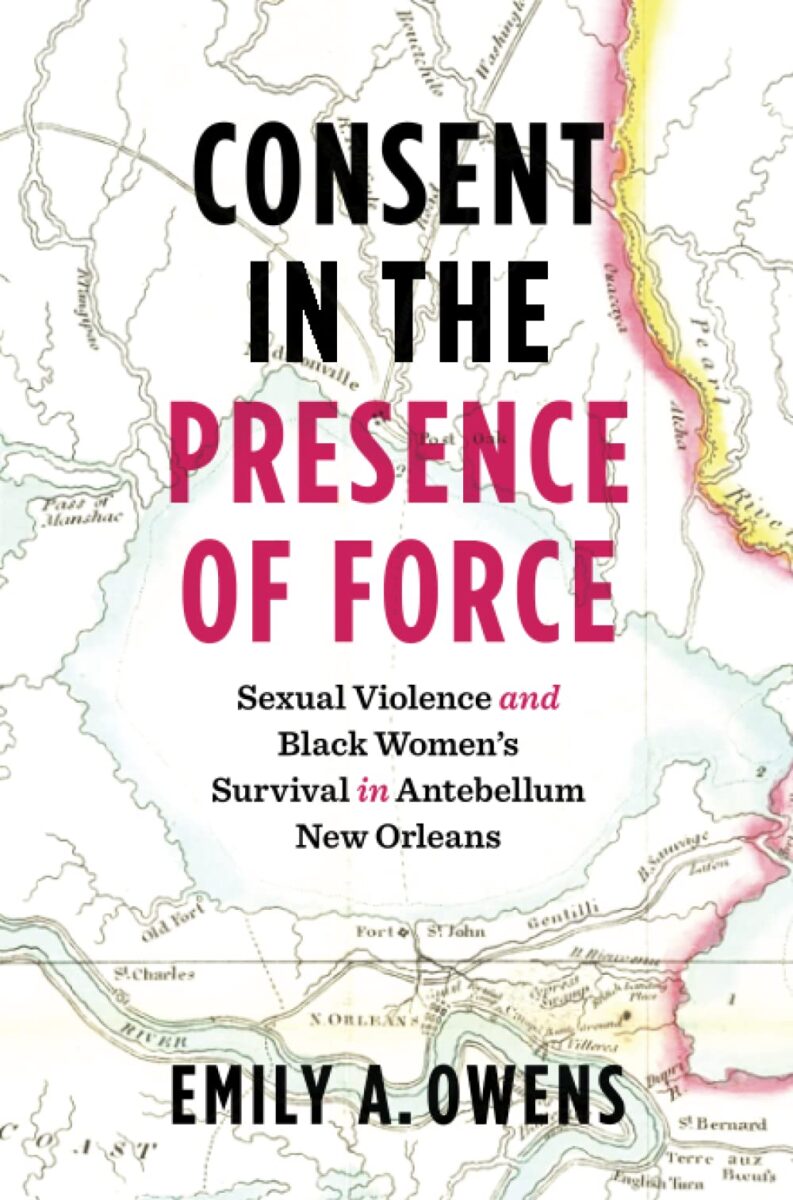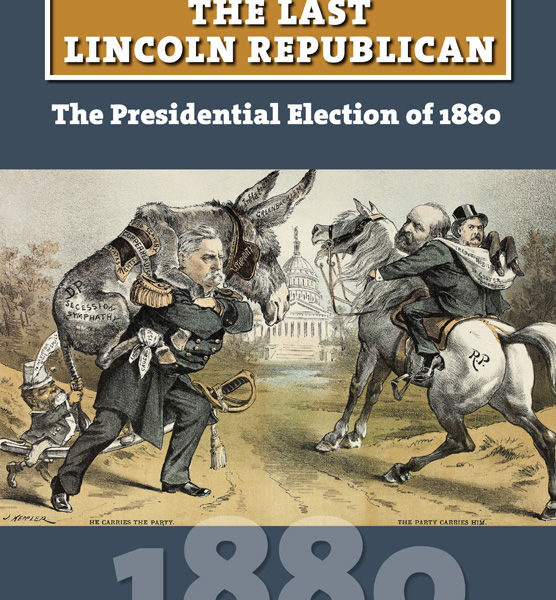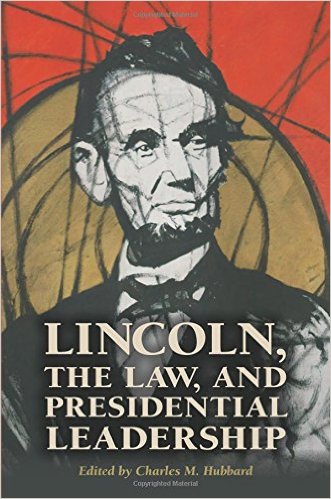Consent in the Presence of Force analyzes “the lives, labors, and legal battles of girls and women whose enslavement was defined by sexual service” (9). Emily A. Owens, currently David and Michelle Ebersman Assistant Professor of History at Brown University, explores the stories of Delphine, Louisa Picquet, Harriet Jacobs, Carmélite, Ann Maria Barclay, and Alexina Morrison. She cautions that the women featured in this book are neither easy heroines nor representative, not least because each woman “accrued enough social capital to face down her owners in court” (16). Owens pays particular attention to consent. Enslaved women, she contends, “theorized that consent was a tool that facilitated, rather than prevented, violence” (19). Furthermore, consent “was one of the primary tools that slaveholders used to normalize violence against women” (25).
Delphine, a five-year-old girl, boarded a ship with her grandaunt, Marie Therese, in 1803 and sailed from Haiti to New Orleans. Marie Therese was born free, but her sister, Marie Catherine, was born enslaved. By the time they reached adulthood, Marie Therese had ownership over Marie Catherine and her three daughters. Marie Therese freed Marie Catherine and her children before 1793. Delphine was born free in 1798. Marie Therese adopted Delphine when her mother and grandmother died, but Marie Therese died in 1803, in the passage between Haiti and Cuba. W. Beljons, the white apothecary with whom Marie Therese “kept ‘company’” (29), then took charge of Delphine. Because she was only five years old, Delphine likely did not have any conception of her legal status, and Beljons sold her almost immediately after they arrived in New Orleans. Delphine was eventually sold to Raymond Deveze, a wealthy doctor who kept different families and maintained a harem. Owens uses the story of Louisa Picquet to shed light on Delphine’s experiences and notes that both women were enslaved for sexual service. Delphine ultimately filed a freedom suit, which she won. However, Owens concludes, “one wonders if she lived her freedom with the sense that it was as durable—and as fragile—as the freedom into which she had been born” (55).
The docket books of the antebellum New Orleans lower courts portray a city that was “throbbing with violence” (56), although the crime of rape is conspicuously absent. However, Owens asserts, “the point here is not total absence but rather a set of rules that rendered violence against women ordinary through minimization and erasure” (58). Owens returns to her earlier discussion of consent, noting that “the law preempted the possibility of an enslaved woman’s consent to sex, but slaveholders spent time, money, and energy pursing it” (61). Harriet Jacobs, in Incidents in the Life of a Slave Girl, revealed this very clearly. Jacobs emphasized pursuit throughout the narrative and was “verbose, consistent, and explicit about the sexualized terror that she lived under” (76). In this climate of terror, Owens notes, Jacobs’s “willingness was the object of her owner’s desire” (79).
Carmélite sued for her freedom in the 1850s, because the act of sale under which she had been transferred from Françoise Doubrere, a free woman of color, to Jean Lacaze, a brothel owner, was a time-bound contract. Lacaze purchased Carmélite to act as a merchant woman, business manager, prostitute, and concubine, and her suit “sheds new light on the storied relationship between sex and pathways to freedom, which demonstrates the ways that sex—itself imagined as a transactional encounter—put pressure on the legal pretension that enslaved people could not engage in contract-making and therefore could not be free laborers” (88). For Carmélite, slavery and contracts were neither separate nor mutually exclusive. Indeed, in her suit, her argument turned on the presence of the contract in her daily life. Unlike Delphine, Carmélite’s suit failed and she did not gain her freedom.
George Ann Botts purchased Nancy as a concubine, but he intended to free her and sent her to Ohio, where she could be emancipated. Nancy renamed herself Anna Maria Barclay, chose to return to New Orleans after being freed in Ohio, and entered into a long-term relationship with Botts. This, Owens asserts, disrupts the linear narrative of freedom-seeking that many scholars have emphasized, forcing us to confront the either/or logic of mistress/slave. While Botts lived, Barclay “accessed a sort of conditional freedom,” but she could not escape vulnerability when Botts died. Ultimately, Owens concludes, Barclay returned to Botts because “only through a meaningful attachment to a white man would she be able to access the materiality of freedom that her free papers merely pretended to promise” (117). This is a problematic statement. Many enslaved people who gained freedom did not return to the slave states and their former owners and nonetheless gained access to the materiality of freedom.
The final chapter examines Alexina Morrison’s story, one which also focuses on race and sex. Alexina became one of the makers of the law in New Orleans because of her lawsuit in which she claimed to be white and therefore wrongfully enslaved. Alexina’s racial indeterminacy, Owens argues, “only masqueraded as a problem because in fact the racially indeterminate body provided a reason for continued eroticized looking, for examination, for attention” (147). Indeed, Alexina’s body was “not really a problem for white supremacy but rather was its effect and an alibi for its embedded and celebrated misogyny” (148). The arrival of U.S. soldiers in New Orleans in 1862 disrupted the legal proceedings in Alexina’s case and, Owens observes, it is reasonable to assume that Alexina made her way to freedom.
The binary logic of rape and consent, Owens concludes, “makes it difficult to understand the world of women whose sexual experiences, while unquestionably structured by violence, were subject to daily, ordinary, and long-term violence” (154). Consent in the Presence of Force offers both a cultural history of violence in the antebellum U.S. South and an intellectual history of Black women’s survival. Anyone interested in slavery, race, class, and gender in the antebellum U.S. South, as well as the nineteenth century Atlantic World, will find this book to be useful reading.
Evan C. Rothera is assistant professor of history at the University of Arkansas – Fort Smith. He is the author or co-editor of two books on the Civil War era.





